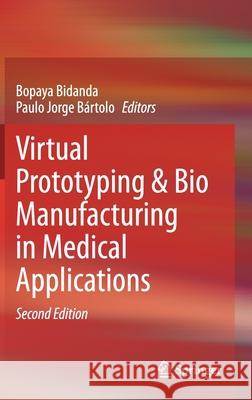Virtual Prototyping & Bio Manufacturing in Medical Applications » książka
topmenu
Virtual Prototyping & Bio Manufacturing in Medical Applications
ISBN-13: 9783030358792 / Angielski / Twarda / 2020 / 293 str.
Virtual Prototyping & Bio Manufacturing in Medical Applications
ISBN-13: 9783030358792 / Angielski / Twarda / 2020 / 293 str.
cena 645,58
(netto: 614,84 VAT: 5%)
Najniższa cena z 30 dni: 616,85
(netto: 614,84 VAT: 5%)
Najniższa cena z 30 dni: 616,85
Termin realizacji zamówienia:
ok. 22 dni roboczych.
ok. 22 dni roboczych.
Darmowa dostawa!
Kategorie BISAC:
Wydawca:
Springer
Język:
Angielski
ISBN-13:
9783030358792
Rok wydania:
2020
Wydanie:
2021
Ilość stron:
293
Waga:
0.60 kg
Wymiary:
23.39 x 15.6 x 1.91
Oprawa:
Twarda
Wolumenów:
01
Dodatkowe informacje:
Wydanie ilustrowane











